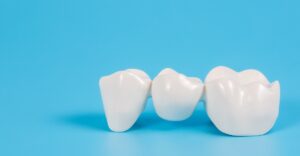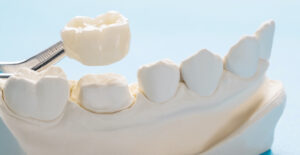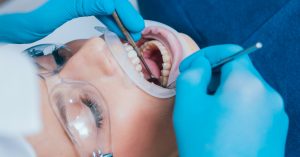There are a number of different ways to whiten teeth. There are two ways to go about it: one is professional bleaching which requires visiting a dentist, and the second is over-the-counter whitening i.e. buying it from a retail store or through the internet. Explore the details of tooth whitening choices here.
Is tooth whitening right for you?
Generally, bleaching is successful in at least 90 percent of patients, though it may not be an option for everyone. Tooth bleaching works best on teeth discolored over time, by coffee and tea drinking or smoking. Teeth darkened with the color of yellow, brown or orange respond better to lightening. Gray stains such as those caused by fluorosis, smoking or tetracycline are lightened, but results are not as dramatic. If you have very sensitive teeth, periodontal disease, or teeth with worn enamel, your dentist may discourage bleaching.
Side Effects of Tooth whitening
Bleaching gels sometimes cause some degree of tooth sensitivity. This is sensitivity to cold/hot fluids and/or air. This is usually fairly mild and resolves by itself quickly. Some of the brands of bleaching gels contain desensitizing agents which claim to alleviate post-bleaching sensitivity. If tooth sensitivity persists, it is recommended that use be discontinued for a few days. One should not be concerned as bleaching does not need to be done continuously to be effective. You will get to the same whitening point; it will just take a little longer. Using a desensitizing toothpaste or any of the over-the-counter toothpastes containing potassium nitrate as the active ingredient will help.
How Long does Tooth whitening effect last?
The length of time for which the effect of tooth whitening lasts varies greatly, depending on your personal habits such as smoking and drinking red wine, coffee and tea. At this point you may choose to do a "touch up", either at the dental office or with over-the-counter products. This procedure (if done at the dental office) may not be as costly because you can probably still use the same mouthguard. The retreatment time is also usually shorter than the original treatment time.
The science behind tooth whitening
The active ingredient in most of the whitening agents is 10 percent carbamide peroxide. When water comes in contact with the chemical, hydrogen peroxide is released, which helps lighten the teeth.












